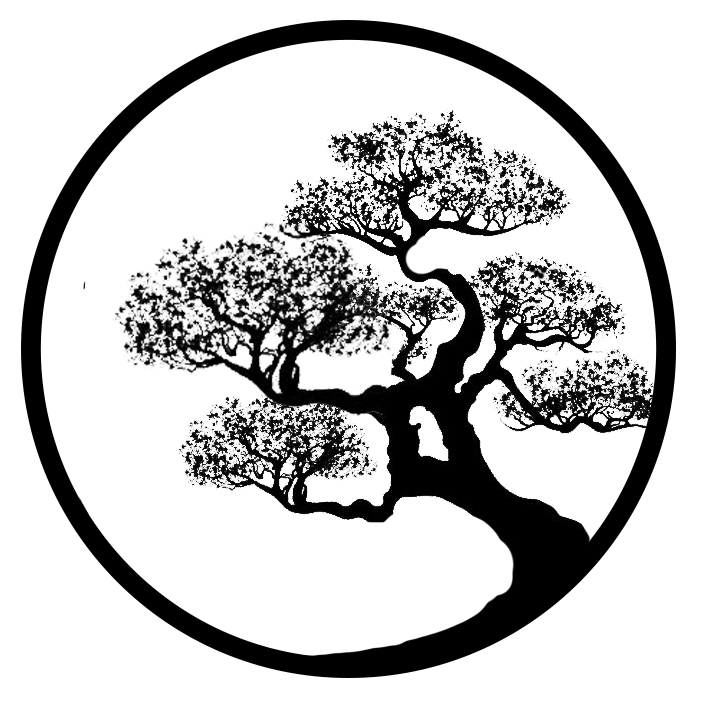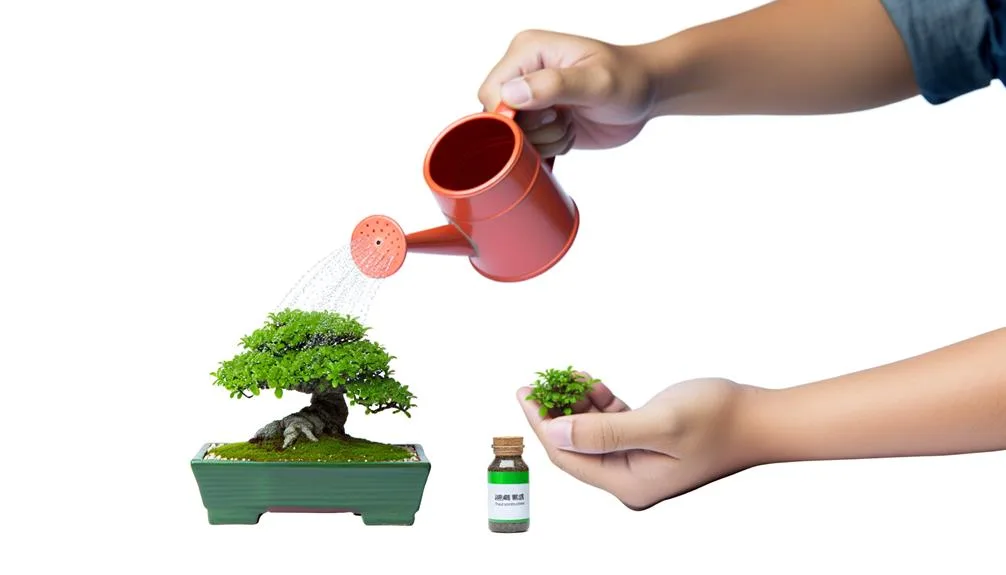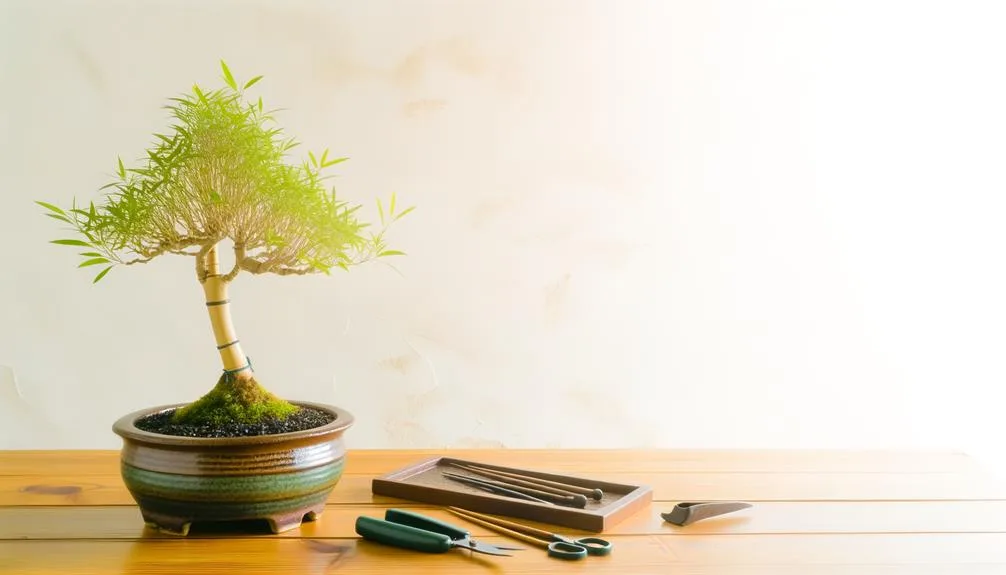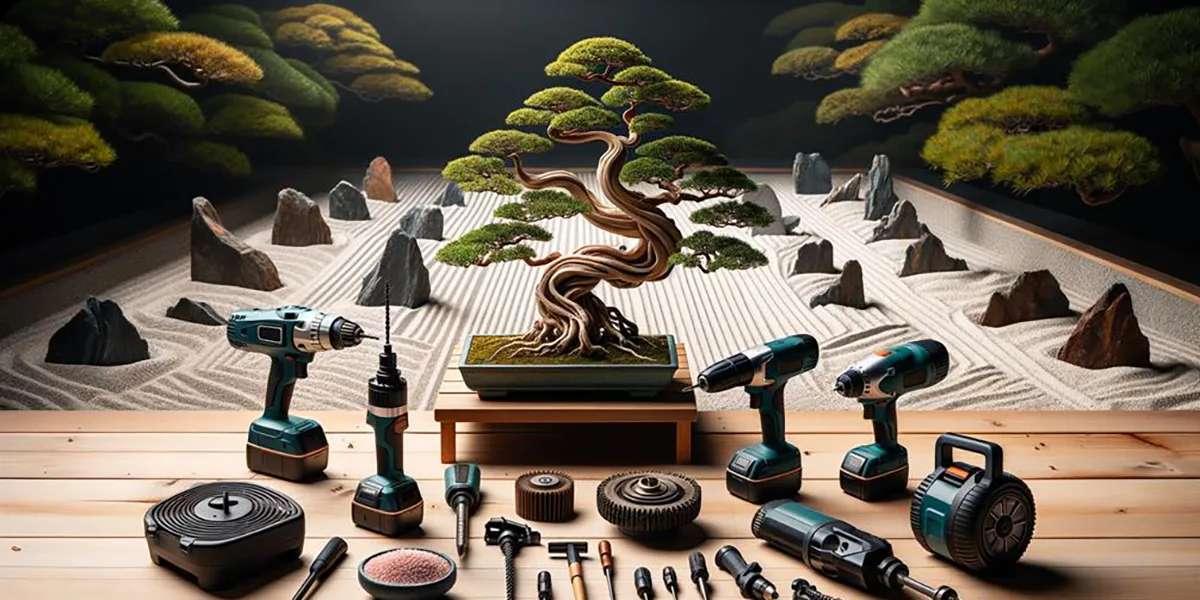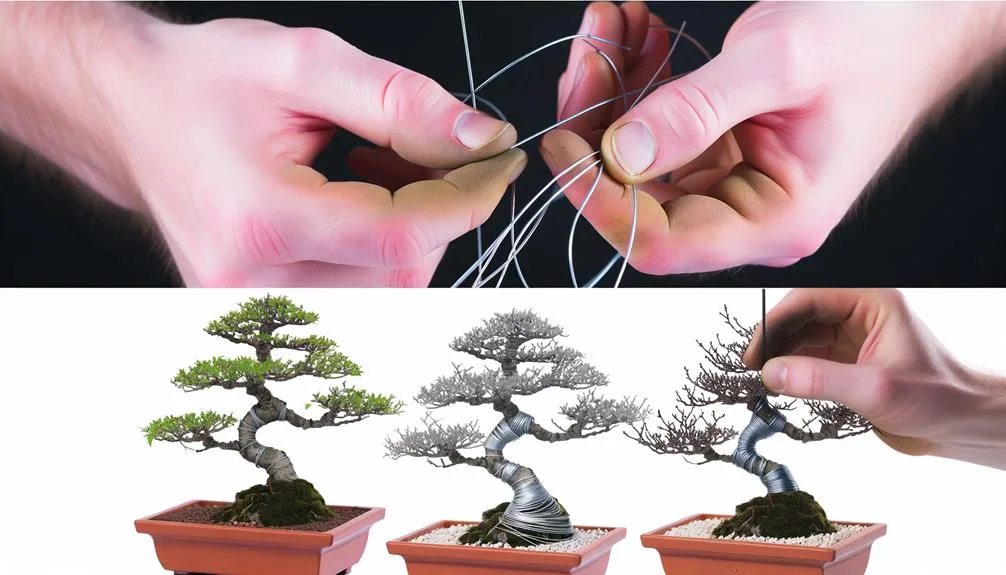In the expansive realm of horticulture, I stumbled upon a tiny marvel: the Shohin Bonsai tree. Despite its size, small enough to nestle in my palm, it reflects the grandeur and complexity of its full-sized kin.
I find myself continually astounded by these miniature trees, with their intricate branches and delicate leaves, encapsulating the majesty of nature in such a compact form.
Carefully nurturing a Shohin Bonsai isn’t just a hobby for me; it’s a practice of patience, a journey of growth, and a testament to the resilience of life.
I invite you to explore the charm and allure of these small wonders with me. You’ll be surprised by what we’ll discover in their tiny world.
Key Takeaways
- Shohin Bonsai trees are small wonders of nature, with a height of 10-20 cm.
- These trees require moist surroundings and bright non-direct sunlight.
- The ideal soil for Shohin Bonsai is a mix of Akadama, Pumice, Lava Rock, and Organic Soil.
- Regular trimming, training, and inspections are necessary for maintaining the tree’s condition.
Understanding Shohin Bonsai
To fully grasp the art of Shohin Bonsai, it’s necessary to be aware of its unique characteristics and the particular attention it demands.
A Shohin Bonsai tree is a small wonder of nature. Shohin indicates small size, and it’s easy to comprehend why. With a stature of merely 10-20 cm, these diminutive trees signify careful nurture and patience.
The realm of Shohin Bonsai has some distinctive needs. These trees favor moist surroundings and bright non-direct sunlight. Their soil should demonstrate good drainage with a pH measure of 6-6.5. A combination of Akadama, Pumice, Lava Rock, and Organic Soil is optimal. When the soil surface exhibits dryness, it’s the right moment for thorough watering. It’s crucial that water drains out from the pot’s bottom.
Your Shohin Bonsai tree will necessitate a balanced bonsai fertilizer every 2-4 weeks. Repotting should be done every 2-3 years to foster robust root growth. Regular trimming, training, and inspections will maintain your tree’s prime condition.
Grasping the concept of Shohin Bonsai comes with duration and practice, but the outcome is a mesmerizing masterpiece of art.
Ideal Shohin Bonsai Conditions
Let’s talk about what your Shohin Bonsai needs to flourish.
It’s important to consider the right climate and maintenance tips to keep your tree healthy and vibrant.
Understanding these factors will ensure you’re giving your Bonsai the best possible care.
Understanding Shohin Bonsai Needs
Comprehending the requirements of Shohin Bonsai can facilitate the creation of optimum conditions for this miniature tree. These small trees, known for their compact charm, flourish in humid settings with some shade. They necessitate a soil that drains well with a pH hovering around 6-6.5. Water should be given when the soil appears dry, and regular fertilization is needed during the growing period.
Consistent pruning aids in maintaining the desired shape and promoting branching. Regular inspection of your tree for potential pests or diseases is also crucial.
Patience is key in caring for these miniature trees, but with the right knowledge of their requirements, they can be a great option for bonsai enthusiasts.
Climate for Shohin Bonsai
Perfecting the milieu for your Shohin Bonsai begins by comprehending its climate preferences. These petite trees flourish in humid environments, demanding good drainage, and partial shade or bright indirect sunlight.
To ensure apt watering, a soil mix that drains well with a pH level around 6-6.5 is suggested. Try different soil mixes to find the optimum blend for your Shohin Bonsai. Meticulous care and attention to these factors are critical in Bonsai Care: Nurturing Natures to perfection.
| Climate for Shohin Bonsai | Ideal Conditions | Care Tips |
|---|---|---|
| Environment | Humid | Monitor regularly |
| Sunlight | Partial shade/Indirect light | Prevent leaf scorching |
| Drainage | Good | Avoid root rot |
| Soil pH | 6-6.5 | Use soil that drains well |
| Soil Mix | Akadama, Pumice, Lava Rock, Organic Soil | Try different blends to find the ideal mix |
Shohin Bonsai Maintenance Tips
To maintain your Shohin Bonsai in good health, selecting a soil mix that drains well and has a pH level of approximately 6-6.5 is crucial. Your Shohin Bonsai’s care regimen should include regular watering and measures to encourage robust root growth.
Here are some maintenance tips for your Shohin Bonsai:
- Hydrate your bonsai when the soil starts to dry out. The frequency will vary based on factors such as the size of the pot, the level of sun exposure, and the surrounding temperature.
- Prune and wire your bonsai on a routine basis. This helps preserve its visual appeal and overall shape.
- Every several years, transfer your bonsai to a new pot. This refreshes the soil and stimulates root growth.
Shohin Bonsai Soil Mix
Ever pondered about the ingredients constituting the perfect soil mix for your Shohin Bonsai tree? This aspect plays a vital role in the cultivation technique of these miniature trees. An appropriate mix facilitates the desired shape, health, and growth of Shohin Bonsai.
An ideal soil mix should exhibit good drainage, possess a pH level of approximately 6-6.5, and inhibit water accumulation and root decay. Common choices encompass Akadama, Pumice, Lava Rock, and Organic Soil Mixes. Feel free to experiment with these to find the perfect blend for your tree. The primary goal is to make sure your mix guarantees proper drainage.
Bear in mind, a suitable soil mix is crucial for the growth of your Shohin Bonsai. It facilitates in nourishing the tree while also permitting water to drain via the drainage holes. This helps avoid oversaturation and encourages a healthy root system.
Watering and Fertilizing Techniques
Just as vital as the soil composition, appropriate watering and fertilizing methods can considerably influence the condition and growth of your Shohin Bonsai tree. Frequent watering, while avoiding excess water collection, plays a significant role in retaining the soil’s moisture content. It’s necessary to tweak your watering schedule depending on factors such as pot dimensions, soil composition, temperature, humidity, and exposure to the sun.
Here are three significant points to keep in mind:
- Hydrate your Shohin Bonsai when the soil surface appears dry. Make sure to water it thoroughly until you notice drainage from the pot’s bottom. This technique prevents overhydration and lets you check the soil’s moisture content.
- Utilize balanced bonsai fertilizers during the growth phase. The recommended frequency is every 2-4 weeks. This habit encourages healthy root growth and progression.
- Repot your Shohin Bonsai every 2-3 years. This action supplies fresh soil and further aids root growth.
Potting Shohin Bonsai Guide
Let’s move on to potting your Shohin Bonsai.
You’ll need to pick the right pot, prepare it correctly, and plant with care.
We’ll guide you through these steps to ensure your bonsai thrives.
Shohin Bonsai Selection
Selecting the right Shohin Bonsai requires careful thought about its unique needs, such as the appropriate potting mix and proper care methods. The selection process is about appreciating the compact beauty of these small bonsai trees. Despite their small stature, these delicate trees bring a lot to the table.
Consider these three factors:
- Size: Shohin and Mame Bonsai are miniscule, generally 10-20 cm tall. Ensure you have the appropriate space for them.
- Care: These trees thrive in humid environments and partial shade. Water them when the soil dries out and fertilize every 2-4 weeks during the growth period.
- Potting Mix: Opt for the appropriate mix, such as Akadama or Pumice, which drains adequately and has a pH range of 6-6.5.
Preparing the Pot
To get your Shohin Bonsai ready for potting, it’s important to select a pot that pairs well with the tree’s size and style for an appealing visual balance. The term “Shohin” signifies a small entity, hence, your tree will be smaller compared to the larger bonsai types.
| Pot Size | Importance |
|---|---|
| Proportional | Ensures visual harmony |
| Drainage Holes | Prevents root rot |
There’s no set standard for pot size, however, making the correct choice is vital. After potting, adjust your watering frequency to avoid excessive watering.
| Potting Mix | Use |
|---|---|
| Well-draining | Supports and aerates |
Tend to the roots by carefully trimming and pruning them. The choice of pot plays a significant role in showcasing your Shohin Bonsai, hence, it’s important to make a wise selection and adhere to these guidelines for success.
Planting and Care
For the prosperity of your Shohin Bonsai, a soil mix that drains well and has a pH level around 6-6.5 is necessary. This encourages robust root growth and development, which is vital for these tiny trees.
The attention required for your Bonsai collection primarily depends on:
- Watering: Hydrate when the soil feels dry.
- Pruning: Periodic trimming helps maintain the form and promotes branching.
- Wiring: Employ wire to direct branches into the desired shape.
Getting the correct balance between planting and care is of great importance. Be aware that every Shohin Bonsai is distinct; a method that’s successful for one may not be for another. Bear in mind, the art of Bonsai is a fulfilling journey, not an endpoint. Cherish each step.
Shohin Bonsai Propagation
You can proliferate your Shohin Bonsai through a range of methods such as seed sprouting, snipping, air layering, and grafting. Each method demands a fine eye for detail and patience. Though no precise guidelines exist, a successful proliferation hinges on your comprehension and attentiveness to these trees’ subtle needs.
The allure of Shohin Bonsai is captured in their petite size. With a height not exceeding 91 centimeters, these trees bring an enchanting world of Shohin right into your grasp. Their slower growth pace lets you refine its structure progressively, transforming them into a gratifying project requiring attention and care.
On your path to mastering the Shohin Bonsai, bear in mind that the secret lies in watching and adjusting your care according to the tree’s reactions. Every tree is distinct, and grasping its needs will assist you in selecting the optimum propagation method. The journey may be lengthy, but the outcomes are worth the patience.
Engage yourself in the captivating world of Shohin, and become enamored by its charm. With time and care, your Shohin Bonsai will develop into an impressive piece of art that brings tranquility and balance to your space.
Growth and Development Strategies
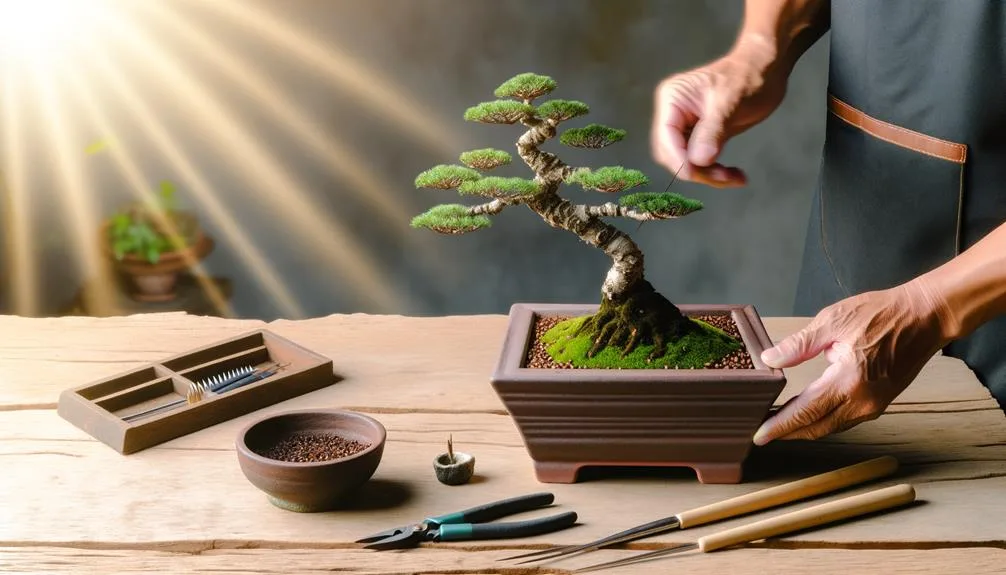
The process of nurturing and sculpting your Shohin Bonsai calls for several key strategies, beginning with routine trimming to sustain its small stature. These trees, even tinier than Bonsai, necessitate rigorous attention to detail. Below are three vital strategies:
- Pruning and Shaping: This task is crucial when cultivating a diminutive Bonsai. Regular trimming helps maintain the ideal shape and size, making it a popular choice among bonsai enthusiasts.
- Watering and Fertilization: The correct balance of water and nutrients is vital. Overdoing or neglecting watering can damage your plant, just like a deficiency of crucial nutrients.
- Repotting and Soil Care: Different species have varying requirements, but in general, repotting every 1-2 years is advisable. This procedure revitalizes the soil and encourages robust root growth.
Pests and Diseases Prevention
Pests and Diseases Prevention
Attending to the water, fertilizer, and repotting needs of your Shohin Bonsai is important, but so is keeping a close watch for pests and diseases. Inspect each leaf, branch, and the soil itself regularly, searching for any unusual signs, pests, or disease symptoms. This practice shows you aren’t just tending to your tree, but also being more observant and attentive.
Should you notice anything out of the ordinary, immediate action is necessary. The key to maintaining the health of your Bonsai lies in prevention. Employing organic pesticides and fungicides can be beneficial for your tree’s overall health. However, avoid going overboard. Overwatering, for example, can result in root rot and fungal infections, which are the precise issues you want to avoid.
In the case of adding new plants to your collection, it’s important to isolate them initially. This easy step can stop the transmission of pests and diseases to your other plants. Stick to these practices regularly to assure the longevity and allure of your Shohin Bonsai. It may appear to be demanding work, but the outcome is a healthy, flourishing tree.
Frequently Asked Questions
What Are the Rules for Shohin Bonsai?
You’ve to select the right Shohin, use proper caring techniques, and train it well. Choose the right pot, maintain it seasonally, display it properly, and consider aesthetics. That’s how you master Shohin Bonsai rules.
What Is the Difference Between Shohin and Mame Bonsai?
You’re comparing Shohin versus Mame bonsai. Shohin’s larger size allows complex aesthetics and specific cultivation practices. Mame, tinier, needs careful care and specialty tools. Shohin’s often displayed prominently, while Mame suits intimate settings.
How Can You Tell How Old a Bonsai Tree Is?
You can estimate a bonsai’s age using various techniques. Check the trunk’s thickness, explore tree rings, analyze growth rate, and consider species influence on lifespan. Look for aging signs in the bonsai’s overall appearance.
How Do They Keep Bonsai Trees Small?
You keep bonsai trees small through careful pruning techniques, size manipulation, and growth restriction. Root confinement and nutrient control are key, as are dwarfing methods. It’s all part of the miniaturization process.
